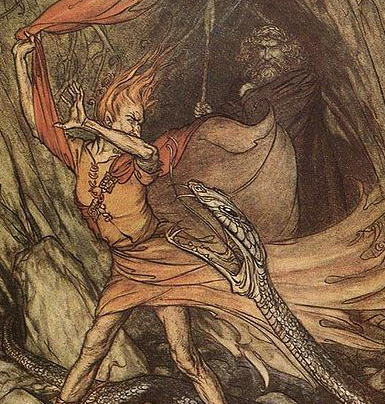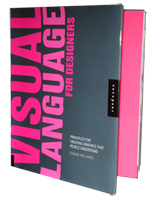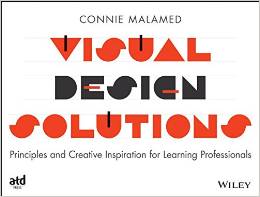
A previous post noted that people pay attention to things that are threatening or rewarding. This implies that emotion drives attention. Cognitive research backs up this implication. For example, in one study, participants were tasked to search for fear-relevant pictures (of snakes and spiders) in an array of fear-irrelevant pictures (flowers and mushrooms) and then asked to do the reverse. The objects that evoked fear were found more quickly than those that did not. Studies such as this one abound.
The point isn’t that all graphics should evoke fear in order to gain attention, but that they should have emotional salience to the targeted audience. When a graphic evokes an emotional response, it means the viewer relates to it in some personal way. It means the graphic calls forth an emotional memory, of which the viewer may or may not be consciously aware. Bottom line: an emotional reaction makes a graphic more memorable than a graphic that doesn’t evoke emotions.
Reference: Ohman, Arne et., al. Emotion Drives Attention: Detecting the Snake in the Grass. Journal of Experimental Psychology, 2001. Illustration by Arthur Rackham (1867 – 1939)

